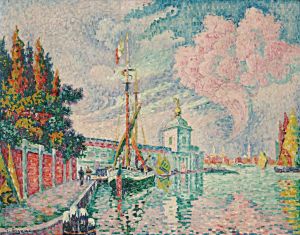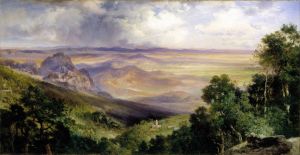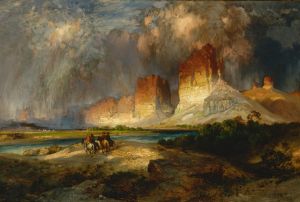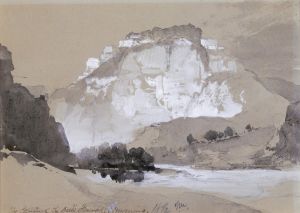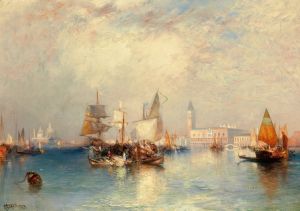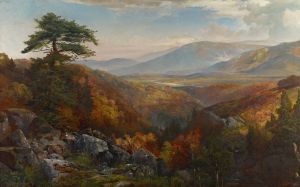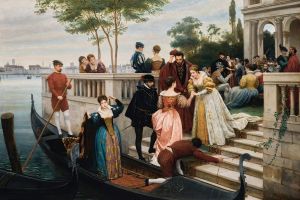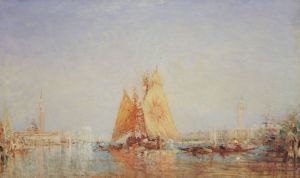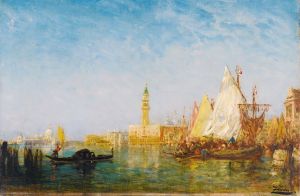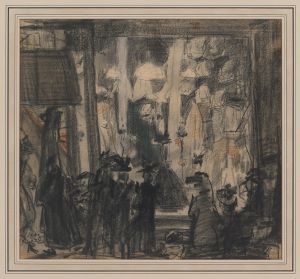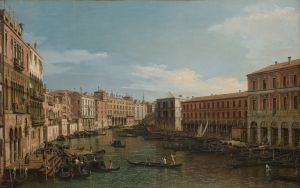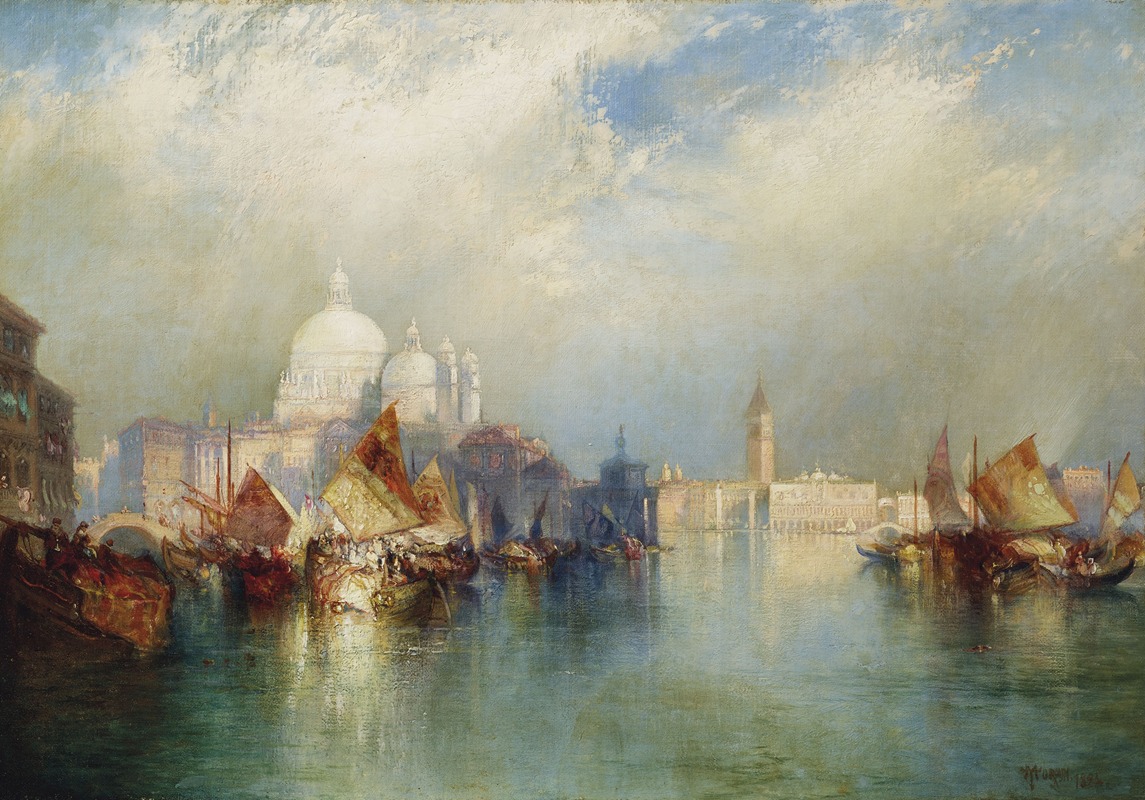
Venetian Scene
A hand-painted replica of Thomas Moran’s masterpiece Venetian Scene, meticulously crafted by professional artists to capture the true essence of the original. Each piece is created with museum-quality canvas and rare mineral pigments, carefully painted by experienced artists with delicate brushstrokes and rich, layered colors to perfectly recreate the texture of the original artwork. Unlike machine-printed reproductions, this hand-painted version brings the painting to life, infused with the artist’s emotions and skill in every stroke. Whether for personal collection or home decoration, it instantly elevates the artistic atmosphere of any space.
"Venetian Scene" is a painting by the American artist Thomas Moran, a prominent figure of the Hudson River School and well-known for his landscape works. Created in 1899, this oil-on-canvas painting depicts a picturesque view of Venice, Italy, showcasing Moran's fascination with the city's unique architecture and atmospheric light.
The artwork captures a serene canal scene, featuring gondolas gliding through the water and iconic Venetian buildings lining the edges. Moran's use of vibrant colors and soft brushstrokes highlights the interplay of light and shadow, evoking the romantic and timeless charm of Venice. The painting reflects Moran's ability to blend realism with a sense of idealized beauty, a hallmark of his artistic style.
Although Moran is best known for his dramatic depictions of the American West, such as his paintings of Yellowstone and the Grand Canyon, "Venetian Scene" demonstrates his versatility and interest in European subjects. Moran traveled to Europe multiple times during his career, drawing inspiration from its landscapes, cities, and artistic traditions. Venice, with its rich history and captivating scenery, was a recurring theme in his work.
"Venetian Scene" is part of the collection of the Smithsonian American Art Museum in Washington, D.C. It is considered an example of Moran's ability to adapt his landscape skills to urban and architectural settings while maintaining his characteristic emphasis on light and atmosphere. The painting remains a testament to Moran's artistic range and his appreciation for the beauty of both natural and man-made environments.
This work is a valuable piece within the broader context of 19th-century American art, illustrating the influence of European travel on American artists of the period. It also highlights the cross-cultural exchange that shaped the artistic landscape of the time.





